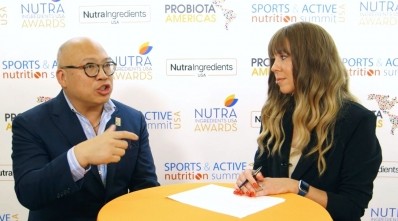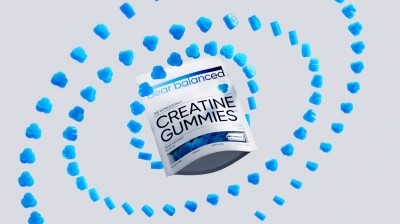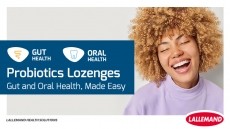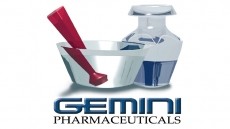NOW raises red flags after creatine gummy testing
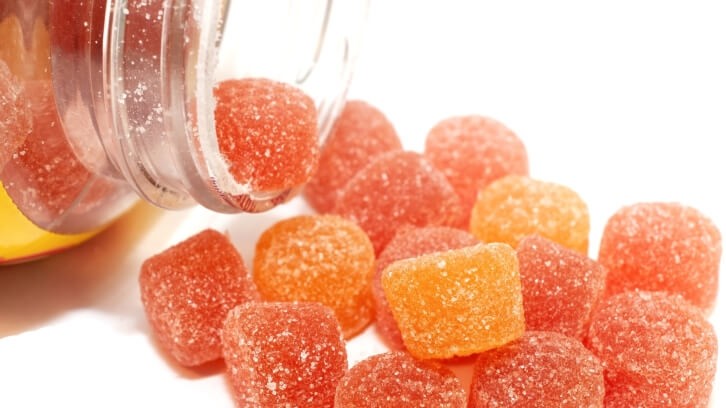
The company has relied on reputable third-party labs to corroborate results since launching its testing program in 2017 but says it was surprised that it was unable to find a contract lab among them to perform these particular tests.
“It’s concerning that NOW was not able to identify a third-party lab to test the gummies given the rapid growth of that delivery system and the regulatory requirement to confirm label compliance,” said Katie Banaszewski, senior director of quality at NOW.
In a market that couples increasing preference for gummies and a surge in demand for creatine, she added that the industry needs to find a solution to this lack of quality confirmation and regulatory compliance.
What’s in its gummies
NOW evaluated a total of 12 creatine brands found on the market using high-performance liquid chromatography (HPLC). Only six brands, including Bear Balanced, Bod, Effective Nutra, Iron Labs Nutrition, Peach Perfect and Zhou, met label claims, according to the test.
Where a creatine dosage of 5 g (5,000 mg) is frequently recommended, tested samples claimed between 750 mg and 5,000 mg per serving, with the number of gummies per serving ranging from 1 to 5 gummies and 250 mg to 1,700 mg claimed per gummy.
“It is worth noting that Bod and Peach Perfect were likely distributed by the same company and that Bod, Peach Perfect and Effective Nutra had identical formulations and were likely made by a single manufacturer,” NOW shared in a statement.
Bear Balanced, which launched in early 2022 with the trademarked tagline “The World’s First Creatine Gummy”, tested 165 mg above its 1,000 mg of Creapure creatine monohydrate claimed per gummy. Founder Dylan Menter said the company is enthused that NOW conducted its unbiased report.
“We are partnered with best-in-class manufacturing and lab partners to uphold the highest standards of quality control and technical expertise,” he told NutraIngredients-USA. “Crafting the product is a notably challenging endeavor, made evident by the pervasive absence of expertise throughout the confectionery industry. Ensuring that it is validated through rigorous lab testing for label claims dosage adds to the complexity.”
When asked whether he could share the name of the third-party lab that tests the Bear Balanced products, Menter said he was not able to at this time.
Vireo Systems, which produces the CON-CRET creatine hydrochloride (HCl) powder, capsules and gummies, said it disagrees with NOW's data and that the methodology for testing creatine HCL differs from that used to test creatine monohydrate. The NOW test detected 28.3 mg of creatine compared to the 250 mg/gummy claim.
“CON-CRET has established testing protocols for its patented creatine HCl as an ingredient and has worked with several accredited labs and manufacturers during the development of our gummy,” said Mark Faulkner, founder and president of Vireo Systems. “As you can see outside of our brand, it was mostly all or none for the creatine monohydrate gummies, and we fully believe this internal test from NOW was not performed to account for our creatine HCl.”
NOW confirmed that CON-CRET was the only brand whose product was formulated with creatine HCL and said that HPLC analysis cannot distinguish between creatine monohydrate and creatine hydrochloride since it only looks at creatine.
"The counterion/hydrate form is not relevant for HPLC analysis," Banaszewski explained. "Although the reported results may differ slightly due to HCl having a slightly larger molecular weight than water, this would not significantly alter the results. Therefore, this would not be the difference between a passing or failing result in CON-CRET’s case."
Faulkner added that Vireo Systems has a robust quality program that ensures the purity of its raw material, manufactures at a NSF facility to ensure proper dosing and overages and routinely validates label claims.
The company also shared a certificate of analysis from ISO/IEC 17025:2017-accredited Certified Laboratories (formerly ABC Testing) using HPLC, showing that the CON-CRET gummy tested well above its 250 mg creatine HCl per 4 g gummy label claim in two trials.
A word on gummy manufacturing
Crystal Webber, MS, RD, founder and chief innovation officer of Formulation Innovations Group, addressed some of the challenges of gummy manufacturing.
“Functional ingredients with high doses can be difficult to get into a gummy, and functional ingredients with characteristics that will not survive one or more of the ‘hoops’ the ingredient has to get through to become cooked into a gummy are challenging as well,” she told NutraIngredients-USA, noting that one obvious red flag is a huge dose claim for a tiny gummy.
For creatine, gummy formulation presents additional hoops, not only because of the unique properties of the molecule but because it degrades in the water used during the manufacturing process. What’s more, this process produces creatinine, a waste product that naturally builds up in blood when muscles are exercised and, when accumulated in the body at high levels, may be a sign of impaired kidney function.
NOW also analyzed creatinine content in the gummies that tested below label claim. Several creatine gummies were found to contain significant amounts of this unwanted creatine metabolite while also not meeting their claimed creatine strength.
"Gummies are not an ideal form for creatine supplements because water is used to make gummies, so it can be difficult to get the correct dosage of creatine," NOW noted. "Even combined creatinine and creatine test results failed to add up to creatine claims for this group of products, so these formulations with low creatine test results versus label claims apparently failed to add sufficient creatine."
Regarding the lab testing of gummies, Webber said that many of the methods used to remove the gummy portion and find the nutrient can degrade the nutrient in the process but that dialing in that testing process with a trusted lab is just another important part of the R&D cycle.
“As always, consumers should never be shy to ask a brand for a copy of their test results,” she added. “Manufacturers and brands building a gummy as challenging as creatine would love to show off third-party verification of their hard work!”
